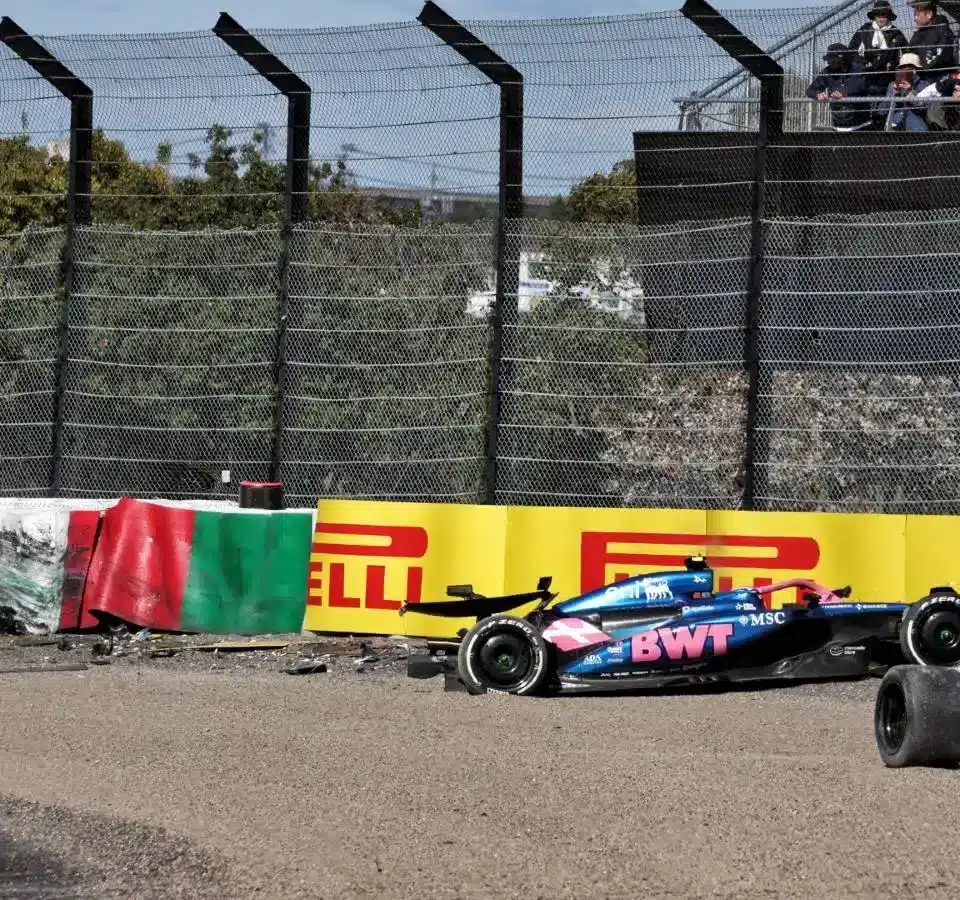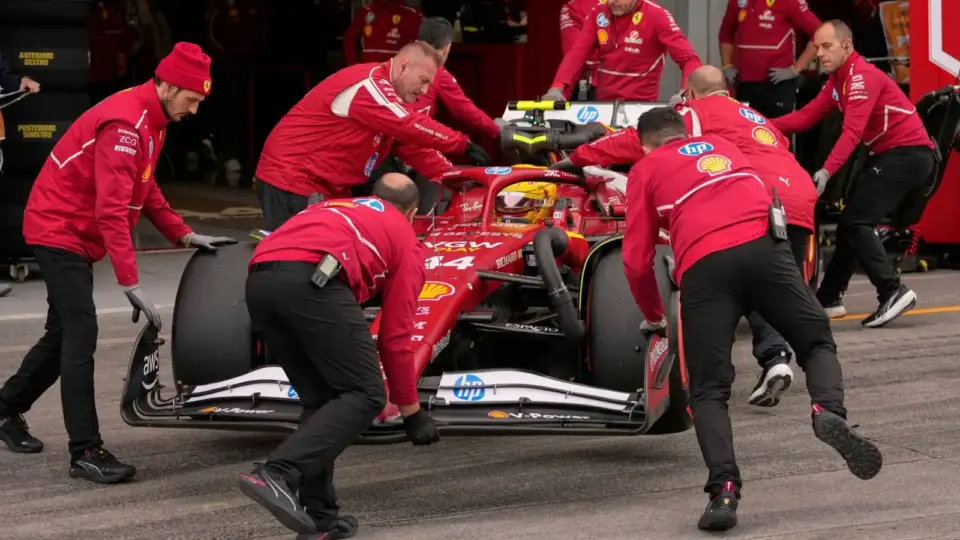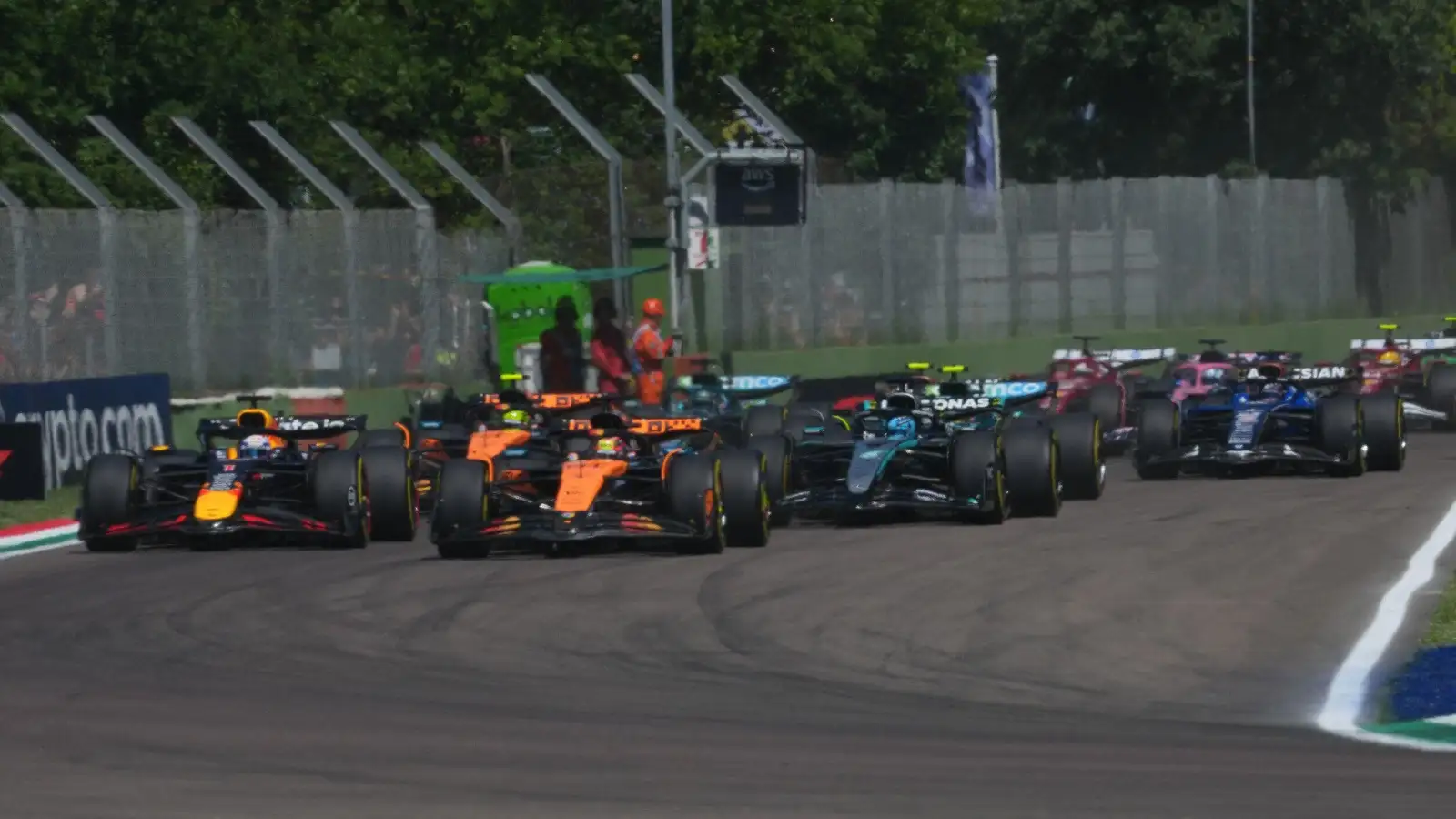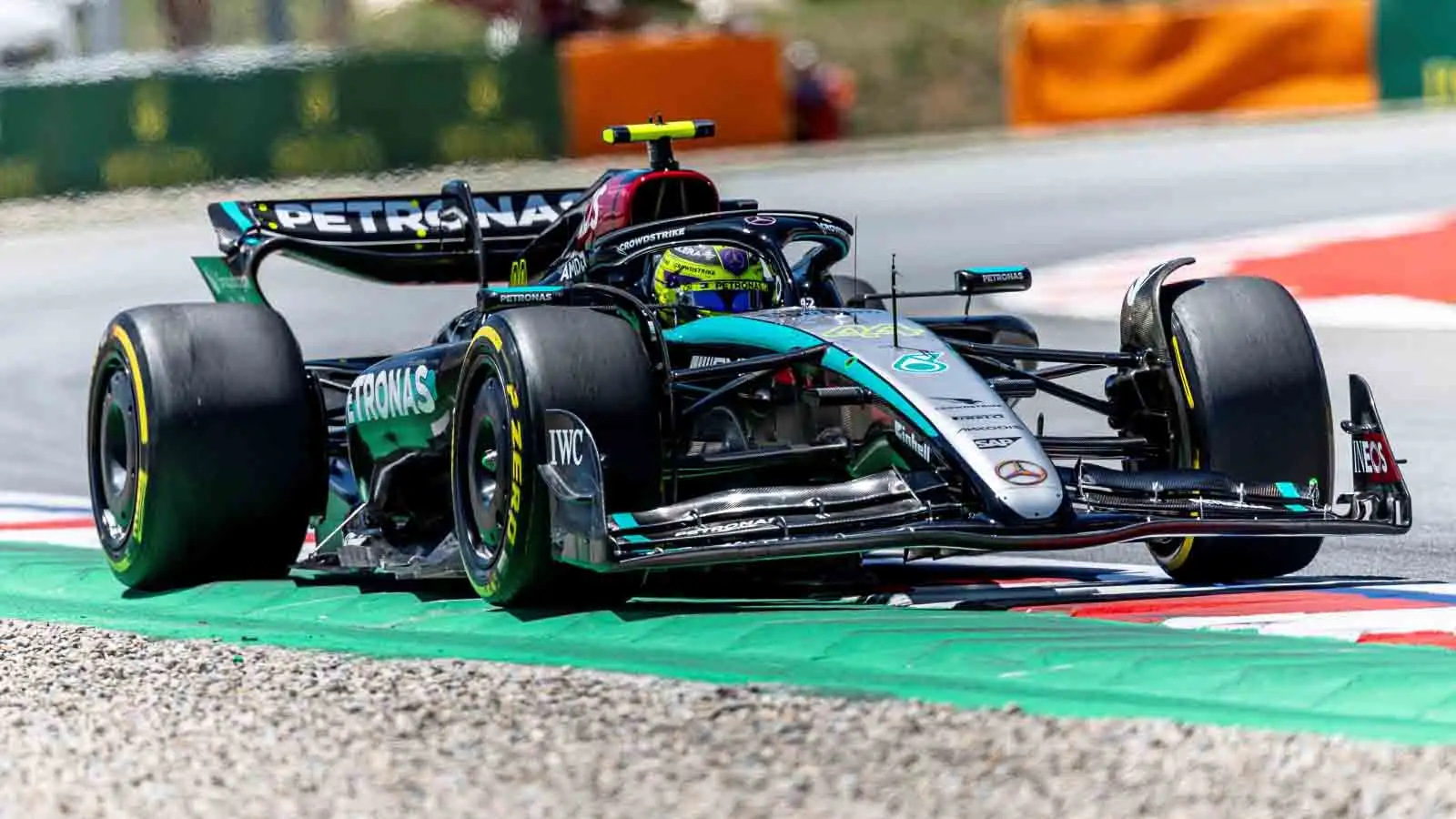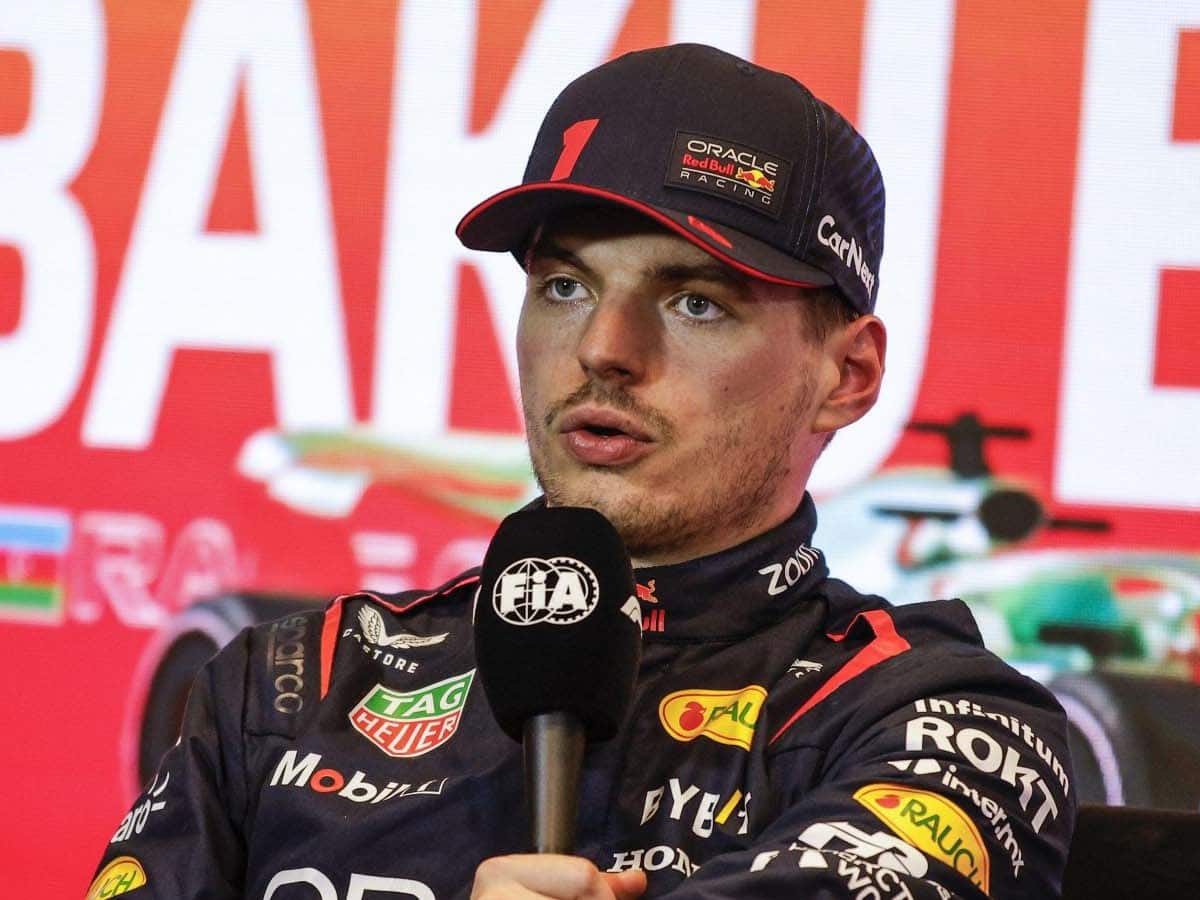Jack Doohan’s dramatic crash at 200mph in Japan reignites the debate on automatic DRS in Formula 1.
- The crash occurred as Doohan couldn’t manually deactivate DRS before a turn, leading to a loss of control and a smashed car.
- Some drivers believe the manual system is dangerous, advocating for an automatic shutdown to enhance safety.
- Others argue that manual DRS management is part of a driver’s skillset and should remain their responsibility.
- The incident highlights divided opinions among F1 drivers on balancing technological assistance and driver control.
In a jaw-dropping moment during the Japanese Grand Prix practice session, Jack Doohan crashed at over 200mph. His Alpine A525 was left in pieces as Doohan failed to manually deactivate the Drag Reduction System (DRS) before hitting a corner, spotlighting the inherent risks of the current system. The crash was a wake-up call for many, driving a new wave of discussion around the safety and efficiency of DRS in Formula 1.
Ferrari’s Charles Leclerc is among those questioning if the manual DRS shutdown is too risky. Leclerc suggests exploring an automatic system, especially for tracks with long straights, which could make DRS usage safer and more strategic. He recalls the thrill and challenge of manually deploying DRS at Silverstone, emphasizing that while exciting, the margin for error is slim and potentially dangerous.
Contrastingly, not all share this view. Lewis Hamilton and others in the driving community argue for keeping the system as is. To them, the skill involved in manually controlling DRS is intrinsic to the sport. Hamilton points out that part of being a top-tier driver is handling the nuances of such tasks, reducing the need for automation that could undermine competitive skill.
Carlos Sainz brings another perspective, advocating for enhanced safety over tradition. According to him, Doohan’s escape without injury was a matter of luck and a testament to how fast cars have become. Sainz argues that automatic DRS could prevent human error in critical situations, minimizing the chance of catastrophic outcomes. Safety, for him, is the overarching priority, especially as cars evolve with increasing speed and downforce requirements.
The debate continues with drivers weighing in on where the line should be drawn between safety and skill. While some maintain that the challenge of manual DRS is fundamental, others assert that advancements in safety technology should not be overlooked in the pursuit of progress. The coming races will likely see this issue gaining more traction, as the balance between cutting-edge technology and driver dexterity remains at the forefront of Formula 1 discourse.
The intense debate around DRS automation in F1 reflects broader concerns over safety and driver autonomy in the sport.
